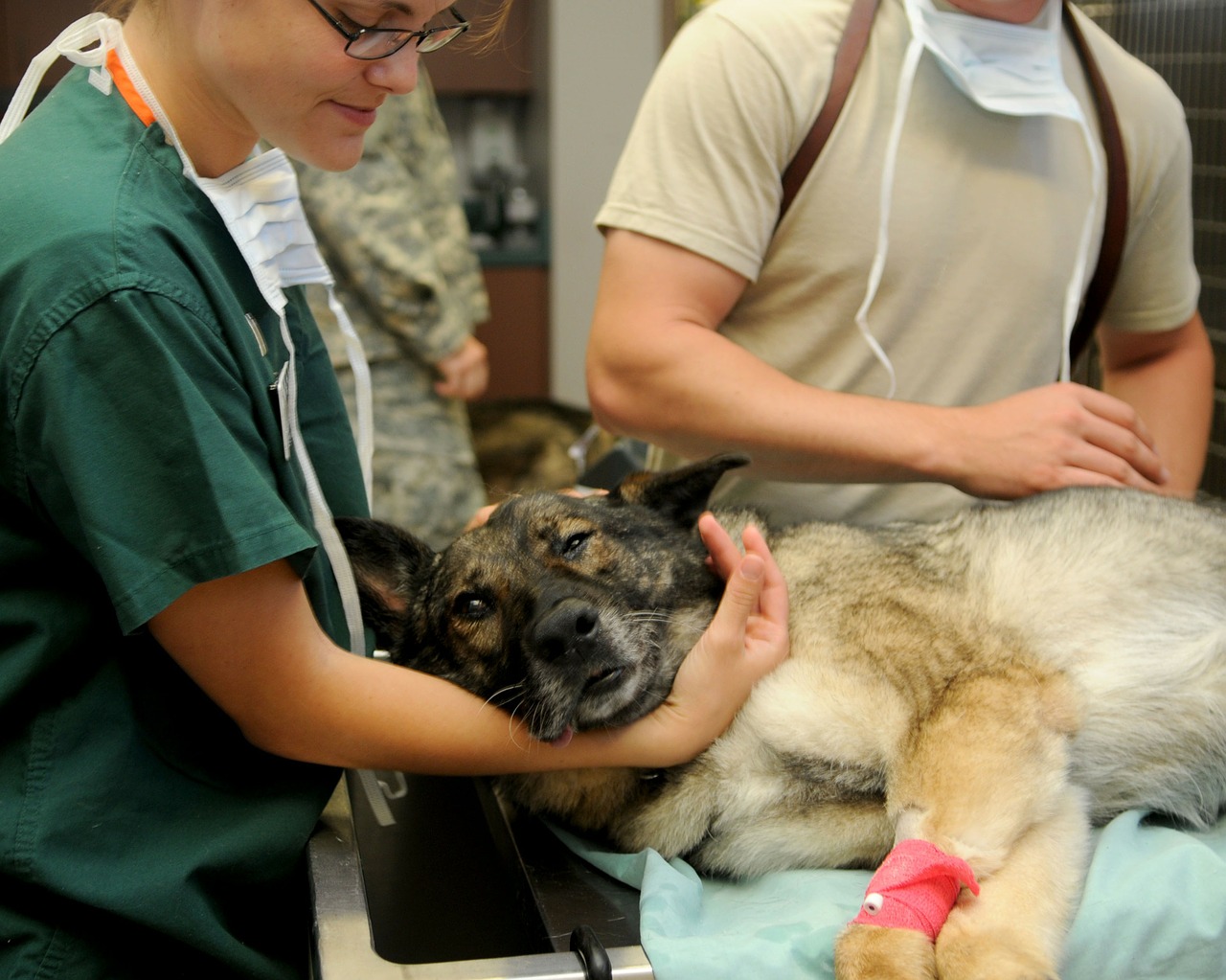As we discussed in our last blog post, bloat is one of the most life-endangering and sadly common threats to the health of your dog. During bloat – also known as Gastric Dilation-Volvulus (GDV) – the stomach swells, often rotating 90° to 360°, trapping any food or liquid inside and slowing or stopping blood flow. Bloat can kill a dog in a matter of hours, and it’s crucial that every pet owner knows what to do if they detect signs of this deadly condition.
Go to the Vet Immediately
If your dog exhibits any of the symptoms of bloat, you need to act immediately. Call your vet’s emergency or all-hours phone number; if your vet does not have 24-hour, emergency service (most do not), DON’T wait for your preferred doctor to be available. You can find an Emergency Pet Hospital online by zip code. The greater Seattle area has a number of 24-hour emergency pet hospitals capable of diagnostics and surgery, if necessary. We recommend always having the number and address for the closest 24-hour emergency vet in a safe and handy place.
Call the hospital en route, so that they expect your arrival and can take preparatory actions. Or, if for some reason they are unable to help your dog immediately, they can refer you to another facility that can.
Stay Calm
Once at the vet, it’s crucial that you are as calm and helpful as possible. Emergency pet health situations can be extremely emotional, but the best thing you can do for your dog after getting her to the vet is to answer all questions as clearly and concisely as possible, and then get out of the way. Be prepared for the likelihood that you will not be allowed to accompany your dog into the treatment/surgery room.
At the very least, the vet will likely need to insert a tube into your dog’s stomach wall to release the gas and pressure. If the stomach has turned, however, the vet will need to operate to un-twist it and examine it for damage. The vet may perform a gastropexy, in which the stomach is sutured or “tacked” to the inner surface of the body wall to prevent volvulus in the future. Potential complications include cardiac arrest, blood loss, removal of the spleen, or removal of sections of the stomach wall due to tissue death.
A Costly Tragedy
Not only is bloat tragically common, it’s also one of the most expensive emergency pet treatments. An uncomplicated case of bloat can cost $2,500-5,000, and up to $8,000 for dogs who experience complications. You may want to consider pet insurance for your dog, in case of this or other serious health conditions that could arise.
However, if you are uninsured and cannot afford GDV treatment or surgery, DO bring your dog to the vet nonetheless. DON’T wait and see if your dog will “pull through” on his own. If you don’t have money for treatment/surgery, you may need to consider allowing the vet to euthanize, rather than let your dog experience the long and agonizing death of GDV.
Sarah’s Pet Care is committed to your dog’s greatest safety, health and happiness. For more information, please call us.
